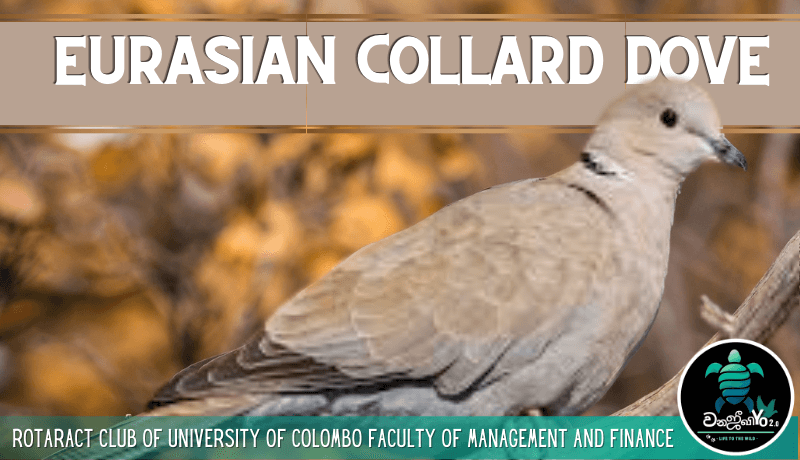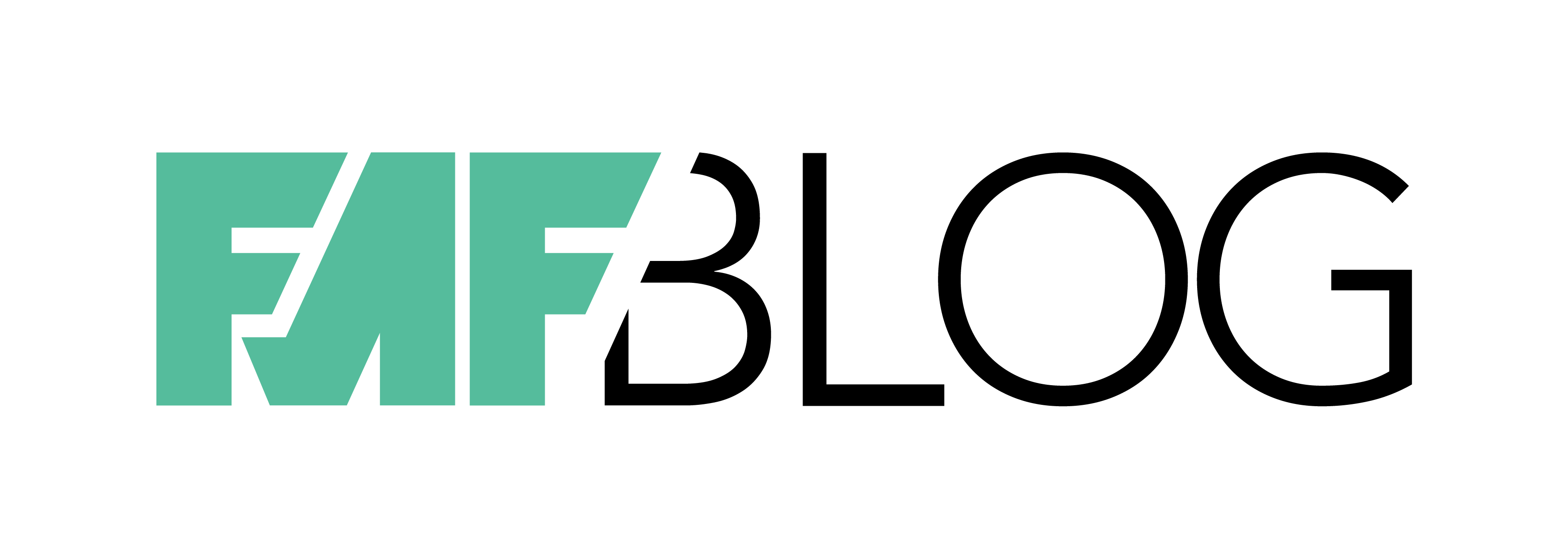General
The Eurasian Collared Dove, the scientific name Streptopelia decaocto, is a dove and pigeon family member (Columbidae). These nocturnal doves are frequently observed in pairs, feeding on the ground or perched next to one another on a limb. They can congregate in groups of ten or even up to several hundred in strategic areas due to their gregarious nature. Despite feeding peacefully in mixed flocks of birds, Eurasian Collared Doves have been known to drive away other species, such as mourning doves, blue jays, and cardinals.
Distribution and habitat
Native to Europe and Asia, the Eurasian Collared Dove was transported to Japan, North America, and the Caribbean islands. The Eurasian Collared Dove dramatically increased its geographic range from the Middle East to all of Europe throughout the 20th century. This pale, bulky bird, accidentally brought to the Bahamas in 1974, quickly spread to Florida’s peninsula. This bird’s natural habitat included milder temperate areas in southeast Europe and Japan. But during the 20th century, it spread throughout Europe, eventually reaching Ireland and Great Britain in 1953. It now reproduces in Scandinavia as well.
Appearance
It is 30-33 cm long, has a wingspan of 45-55 cm, and weighs around 200 g. They are pale, sandy gray, with a pinkish tinge to the head and breast. Their bills are black, their eyes have red irises, and their legs and feet are mauve. When viewed from the underside, their tails are white.
Diet
The Eurasian collared dove is predominantly a granivorous and frugivorous herbivore. They mostly consume the seeds of grains and grasses, but they will also consume buds, berries, fruits, insects, and other invertebrates.
Breeding/ Nesting
Monogamous Eurasian Collared Doves develop solid pair bonds. They perform really lovely airborne, on-the-ground, or partially in-tree courtship displays. In temperate regions, the breeding season lasts the entire year. These birds may build their nests in any size shrub or tree. Both birds build the nest. There are 2 white eggs laid. Approximately two weeks are spent incubating by both parents.
Threats
The range of Eurasian Collared Doves is well populated. Being an introduced species, they are not protected from hunting, and because of this, they have gained popularity as game birds in Texas and rural areas of the southeast of the United States.

මාල කොබෙයියා
සාමාන්ය
මාල කොබෙයියා විද්යාත්මක නාමය Streptopelia decaocto, පරෙවියෙකු සහ පරෙවි පවුලේ සාමාජිකයෙකි (Columbidae). මෙම නිශාචර පරෙවියන් යුගල වශයෙන් නිතර නිරීක්ෂණය කරනු ලැබේ, බිම සිට ආහාර ගැනීම හෝ පාදයක් මත එකිනෙකා අසල වාඩි වී සිටිති. ඔවුන්ගේ සාමූහික ස්වභාවය නිසා උපාය මාර්ගික ප්රදේශවල දස දෙනෙකුගෙන් යුත් කණ්ඩායම් වශයෙන් හෝ සිය ගණනක් දක්වා පවා රැස්විය හැක. මිශ්ර කුරුල්ලන් රංචුවල සාමකාමීව පෝෂණය කළද, මාල කොබෙයියන් විසින් mourning doves, blue jays, and cardinals වැනි අනෙකුත් විශේෂ පලවා හරින බව ප්රසිද්ධය.
ව්යාප්තිය සහ වාසස්ථාන
යුරෝපයට සහ ආසියාවට ආවේණික වූ මාල කොබෙයියා ජපානය, උතුරු ඇමරිකාව සහ කැරිබියන් දූපත් වෙත ප්රවාහනය කරන ලදී. මොවුන් 20 වන සියවස පුරා මැද පෙරදිග සිට යුරෝපය පුරා ඔවුන්ගේ භූගෝලීය පරාසය වැඩි කළේය. 1974 දී අහම්බෙන් බහමාස් වෙත ගෙන එන ලද මෙම සුදුමැලි, විශාල කුරුල්ලා ඉක්මනින් ෆ්ලොරිඩා අර්ධද්වීපය වෙත ව්යාප්ත විය. මෙම පක්ෂියාගේ ස්වාභාවික වාසභූමියට ගිනිකොනදිග යුරෝපයේ සහ ජපානයේ මෘදු සෞම්ය ප්රදේශ ඇතුළත් විය. නමුත් 20 වන ශතවර්ෂයේදී ඔවුන් යුරෝපය පුරා ව්යාප්ත වූ අතර අවසානයේ 1953 දී අයර්ලන්තයට සහ මහා බ්රිතාන්යයට ළඟා විය. දැන් ඔවුන් ස්කැන්ඩිනේවියාවේ ද ප්රජනනය වේ.
පෙනුම
දිග සෙන්ටිමීටර 30-33, පියාපත් සෙන්ටිමීටර 45-55 වන අතර බර ග්රෑම් 200 ක් පමණ වේ. ඔවුන්ගේ හිස සහ පපුව සුදුමැලි, වැලි සහිත අළු සහ රෝස පැහැයක් ගනී. ඔවුන්ගේ බිල්පත් කළු ය, ඇස් අයිරිස් රතු ය, පාද ගොරෝසු ය. යටි පැත්තේ සිට බලන විට ඔවුන්ගේ වලිගය සුදු ය.
ආහාර
මාල කොබෙයියා ප්රධාන වශයෙන් සකසුරුවම් ශාකභක්ෂකයෙකි. ඔවුන් වැඩිපුරම ධාන්ය සහ තෘණ බීජ පරිභෝජනය කරයි, නමුත් ඔවුන් අංකුර, බෙරි, පලතුරු, කෘමීන් සහ අනෙකුත් අපෘෂ්ඨවංශීන් ද පරිභෝජනය කරයි.
අභිජනනය
මොවුන් ඝන යුගල බන්ධන වර්ධනය කරයි. ඔවුන් ඇත්තෙන්ම සුන්දර ගුවන්, බිම හෝ අර්ධ වශයෙන් ගස් තුළ ආදර සංදර්ශන සිදු කරයි. සෞම්ය කලාපවල, අභිජනන සමය මුළු වසර පුරාම පවතී. මෙම පක්ෂීන්ට ඕනෑම ප්රමාණයේ පඳුරු හෝ ගසක තම කූඩු ගොඩනගා ගත හැකිය. කුරුලු ජෝඩුව ම කූඩුව සාදයි. සුදු පැහැති බිත්තර 2 ක් දමයි. ආසන්න වශයෙන් සති දෙකක් දෙමාපියන් දෙදෙනා විසින් බිත්තර රකීයි.
තර්ජන
මාල කොබෙයියන් ගේ පරාසය හොඳින් ජනාකීර්ණයි. හඳුන්වා දුන් විශේෂයක් වන ඔවුන්ව දඩයම් කිරීමෙන් ආරක්ෂා වී නොමැති අතර, මේ නිසා ඔවුන් ටෙක්සාස් සහ එක්සත් ජනපදයේ ගිනිකොන දෙසින් පිහිටි ග්රාමීය ප්රදේශවල ක්රීඩා පක්ෂීන් ලෙස ජනප්රිය වී ඇත.

யூரேசிய காலர் டவ்
பொது
Eurasian Collared Dove, Streptopelia decaocto என்ற அறிவியல் பெயர், புறா மற்றும் புறா குடும்ப உறுப்பினர் (கொலம்பிடே). இந்த இரவு நேர புறாக்கள் அடிக்கடி ஜோடிகளாக காணப்படுகின்றன, தரையில் உணவளிக்கின்றன அல்லது ஒரு மூட்டு ஒன்றின் மீது ஒன்றன் பின் ஒன்றாக அமர்ந்திருக்கும். தங்களின் கூட்டமான தன்மையின் காரணமாக அவர்கள் பத்து அல்லது பல நூறு பேர் கொண்ட குழுக்களாக கூடும். பறவைகளின் கலவையான மந்தைகளில் அமைதியாக உணவளித்த போதிலும், யூரேசிய காலர் புறாக்கள் துக்கப் புறாக்கள், நீல நிற ஜெய்கள் மற்றும் கார்டினல்கள் போன்ற பிற உயிரினங்களை விரட்டுவதாக அறியப்படுகிறது.
பரம்பல் மற்றும் வாழ்விடம்
ஐரோப்பா மற்றும் ஆசியாவை பூர்வீகமாகக் கொண்ட யூரேசிய காலர் டவ் ஜப்பான், வட அமெரிக்கா மற்றும் கரீபியன் தீவுகளுக்கு கொண்டு செல்லப்பட்டது. யூரேசிய காலர் டவ் 20 ஆம் நூற்றாண்டு முழுவதும் மத்திய கிழக்கிலிருந்து ஐரோப்பா முழுவதும் அதன் புவியியல் வரம்பை வியத்தகு முறையில் அதிகரித்தது. இந்த வெளிர், பருமனான பறவை, தற்செயலாக 1974 இல் பஹாமாஸுக்கு கொண்டு வரப்பட்டது, விரைவில் புளோரிடாவின் தீபகற்பத்திற்கு பரவியது. இந்த பறவையின் இயற்கையான வாழ்விடம் தென்கிழக்கு ஐரோப்பா மற்றும் ஜப்பானில் மிதமான மிதமான பகுதிகளை உள்ளடக்கியது. ஆனால் 20 ஆம் நூற்றாண்டில், இது ஐரோப்பா முழுவதும் பரவி, இறுதியில் 1953 இல் அயர்லாந்து மற்றும் கிரேட் பிரிட்டனை அடைந்தது. இப்போது ஸ்காண்டிநேவியாவிலும் இது இனப்பெருக்கம் செய்கிறது.
தோற்றம்
இதன் நீளம் 30-33 செ.மீ., இறக்கைகள் 45-55 செ.மீ., எடையும் சுமார் 200 கிராம். அவை வெளிர், மணல் சாம்பல், தலை மற்றும் மார்பகத்திற்கு இளஞ்சிவப்பு நிறத்துடன் இருக்கும். அவற்றின் பில்கள் கருப்பு, அவர்களின் கண்கள் சிவப்பு கருவிழிகள் மற்றும் அவர்களின் கால்கள் மற்றும் கால்கள் மந்தமானவை. கீழிருந்து பார்க்கும்போது இவற்றின் வால் வெண்மையாக இருக்கும்.
உணவுமுறை
யூரேசிய காலர் புறா முக்கியமாக ஒரு கிரானிவோஸ் மற்றும் பழுதான தாவரவகை. அவை பெரும்பாலும் தானியங்கள் மற்றும் புற்களின் விதைகளை உட்கொள்கின்றன, ஆனால் அவை மொட்டுகள், பெர்ரி, பழங்கள், பூச்சிகள் மற்றும் பிற முதுகெலும்பில்லாத உயிரினங்களையும் உட்கொள்கின்றன.
இனப்பெருக்கம்/ கூடு கட்டுதல்
மோனோகாமஸ் யூரேசிய காலர் புறாக்கள் திட ஜோடி பிணைப்புகளை உருவாக்குகின்றன. அவர்கள் மிகவும் அழகான வான்வழி, தரையில் அல்லது பகுதியளவு மரத்தில் கோர்ட்ஷிப் காட்சிகளை நிகழ்த்துகிறார்கள். மிதமான பகுதிகளில், இனப்பெருக்க காலம் ஆண்டு முழுவதும் நீடிக்கும். இந்தப் பறவைகள் எந்த அளவு புதர் அல்லது மரத்தில் கூடு கட்டலாம். இரண்டு பறவைகளும் கூடு கட்டுகின்றன. 2 வெள்ளை முட்டைகள் இடப்பட்டுள்ளன. ஏறக்குறைய இரண்டு வாரங்கள் இரண்டு பெற்றோர்களாலும் அடைகாக்கப்படுகின்றன.
அச்சுறுத்தல்கள்
யூரேசிய காலர் புறாக்களின் வரம்பு நன்கு மக்கள்தொகை கொண்டது. அறிமுகப்படுத்தப்பட்ட இனமாக இருப்பதால், அவை வேட்டையாடுவதில் இருந்து பாதுகாக்கப்படவில்லை, இதன் காரணமாக, அவை டெக்சாஸ் மற்றும் அமெரிக்காவின் தென்கிழக்கு கிராமப்புறங்களில் விளையாட்டுப் பறவைகளாக பிரபலமடைந்துள்ளன.




